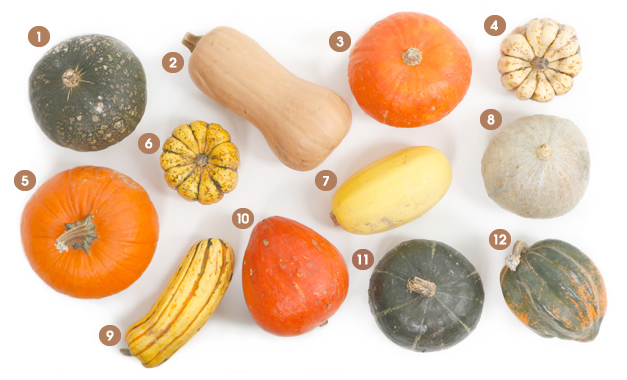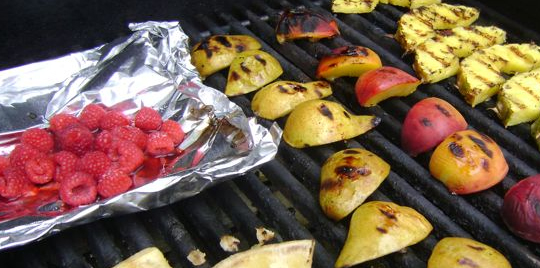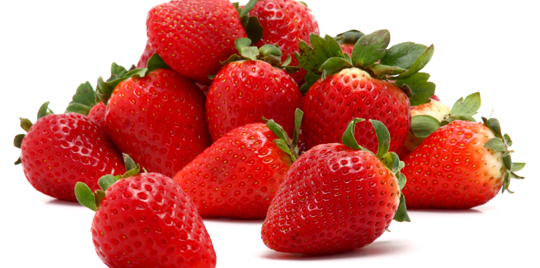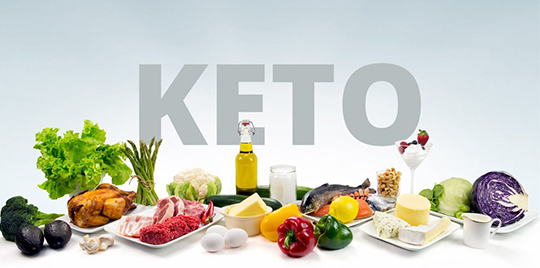Squash is Not Just for Decoration
November 19, 2014By: Becky Hager
Categories: Live Healthy, Nutrition, Your Wellness
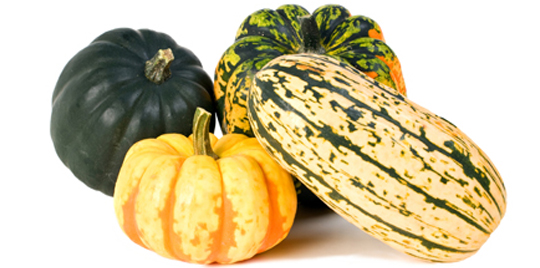
Fall is known for its beautiful colors, warm spices, apple picking, pumpkins and those strange looking winter squash. If you are anything like me, you thought those butternut, acorn, and spaghetti squash were for fall decorations. I’ve walked by them a million times in the grocery store and always asked myself “what do you do with those?” They have a hard shell, oddly shaped, and are not commonly used in main dishes.
But fear not!
These fall/winter seasonal squash are delicious and full of healthy benefits. There is no single food that provides more carotenoid antioxidants than winter squash. Antioxidants are good for their disease preventing properties and overall, important for good health. They contain a good amount of vitamin C and phytonutrients. Here’s a surprising fact, they also contain Omega-3. Omega-3s are heart healthy for the anti-inflammatory properties. Since our bodies do not make Omega-3, it is essential that we consume them through food. Making 1 cup of baked winter squash can provide 7.9% of our daily recommended intake of omega-3. Winter squash are also considered a low glycemic food. Our blood sugar regulation is closely tied to our overall supply of B-complex vitamins, and winter squash provides a good amount of vitamin B-complex. Hopefully, all of these health benefits have tempted you to try and work squash into your diet.
Enjoy this post from Epicurious: Get to know 12 delicious varieties, from pumpkin and butternut to acorn and spaghetti—recipes included.
